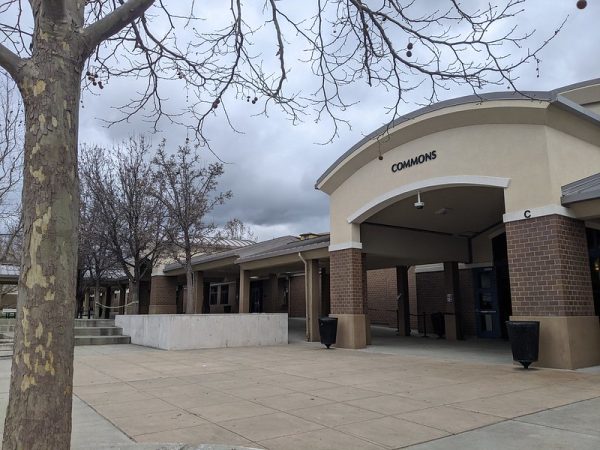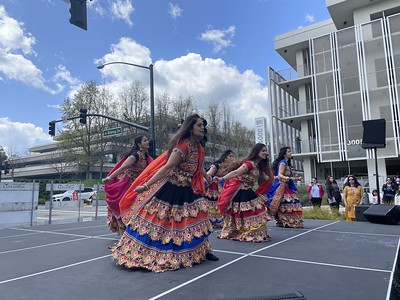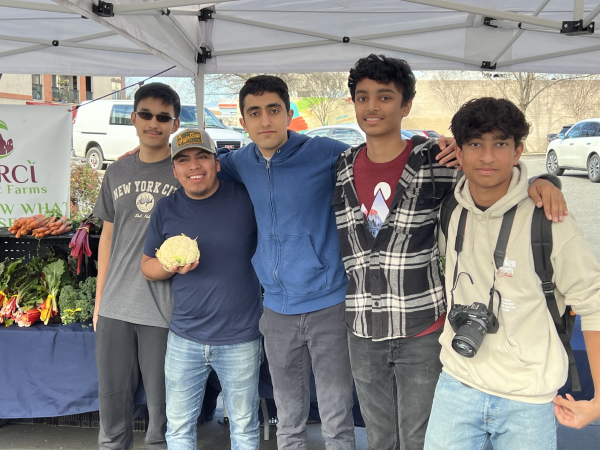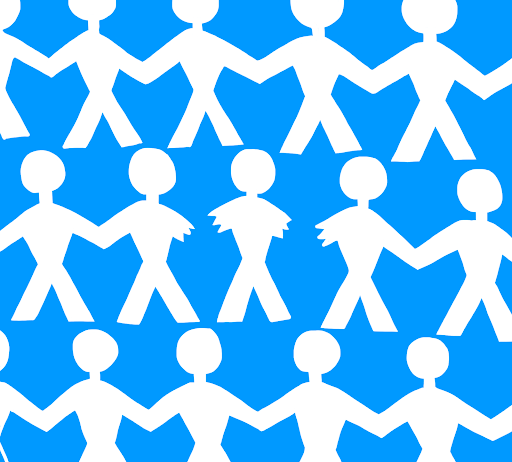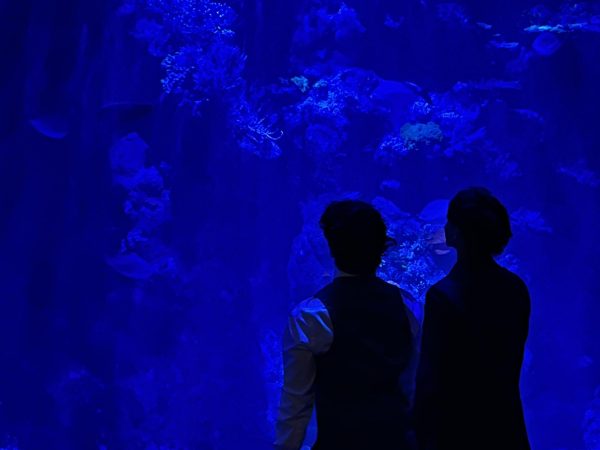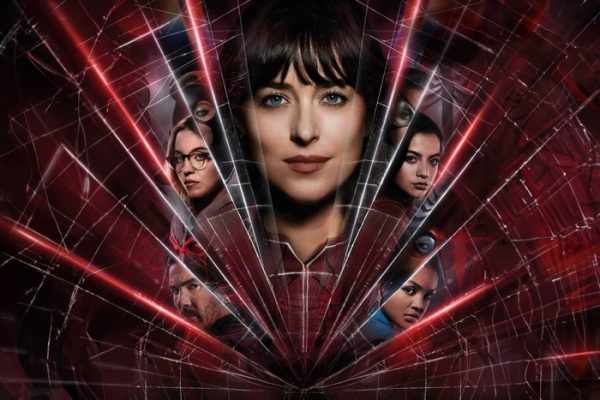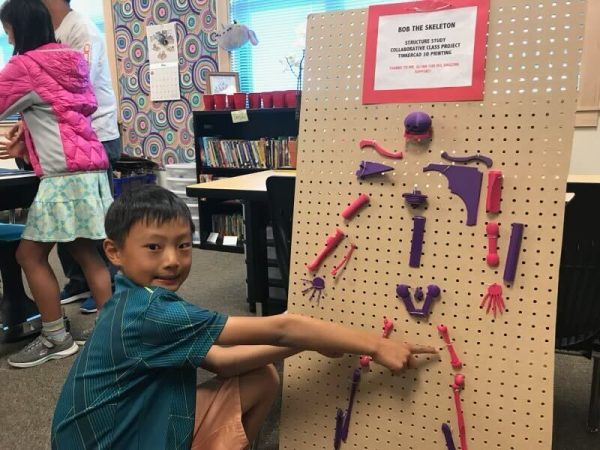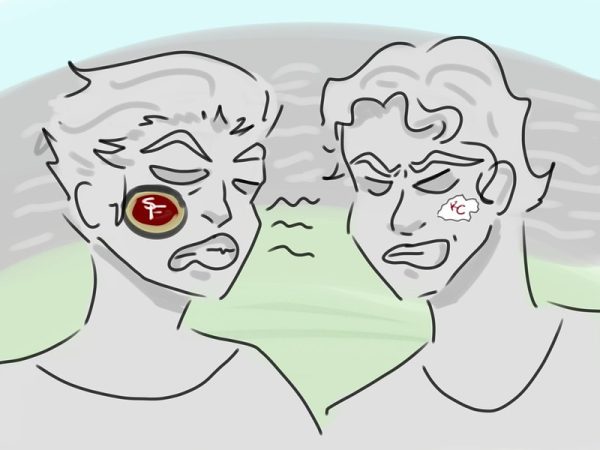Breaking down and “hacking” through gender barriers in technology
Dougherty Valley High’s girls embrace computer science
Despite the notorious lack of diversity in the field of computer science, an escalating interest among girls has found its way to Dougherty Valley High School in San Ramon.
On a national scale, the field of computer science has been gradually increasing in popularity among women. In October 2015, Computer Science became Stanford University’s most popular major for women, with 214 women enrolled. Many high schools also have seen rising interest, with new clubs promoting computer science for girls and increasing membership each year. However, even with the recent and continuing increase, women still only constitute 18.2 percent of bachelor degrees in Computer Science and a majority of high schools have still seen computer science classroom populations skewed toward boys.
Dougherty Valley High School appears to be an outlier. In fact, in AP Computer Science and VS.Net computer programming classes, girls can often constitute almost half the students.
“What’s unique and great about this school is that I see there’s a lot more girls interested in computer science than elsewhere,” said Preet Dalziel, AP Computer Science and VS.Net computer teacher at Dougherty.
But what has caused the attraction?
Theresa Gao, a Dougherty Valley 2015 alumna who is taking a gap year before enrolling in Stanford’s Class of 2020 as a Symbolic Systems major, which is “computer science, psychology, philosophy and linguistics,” has her own theories. As an aspiring computer scientist herself, she is familiar with the steps being taken by women to make their mark in a field historically difficult to penetrate.
“The increased interest may be because of all the energy surrounding new technology and the multitude of technology start ups especially in our area, the Bay Area and Silicon Valley. We have so many apps now, with smartphones being ubiquitous and basically glued to our hands. Being able to program is enabling you to become part of the future and the industry that is basically exploding,” said Gao.
Additionally, the rise in the number of organizations and groups created to encourage women and debunk the myth that computing is a “boring activity” has played a major role.
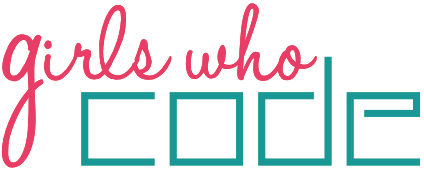
After attending an eight-week program called Girls Who Code, at which students can meet female engineers at famous technology companies, and after learning how few girls had heard of computer science, Gao’s interest was sparked. She subsequently founded the club Girls Who Code on Dougherty’s campus. After Gao graduated, the legacy of the club was left in the hands of current club president, senior Katrina Festejo.
“Typically we start off with a program called Scratch and teach girls the basics of coding, the basics of syntax and building off and showing them how to code. For girls who are more advanced, we also give them more projects like coding the game 2048, or for beginners they can just code a Tic-Tac-Toe,” Festejo stated.
She said she hopes Girls Who Code can “encourage girls and show them it’s possible for them to learn without being pressured in class with a ton of guys, and also provide an atmosphere with a ton of people they’re familiar with.”
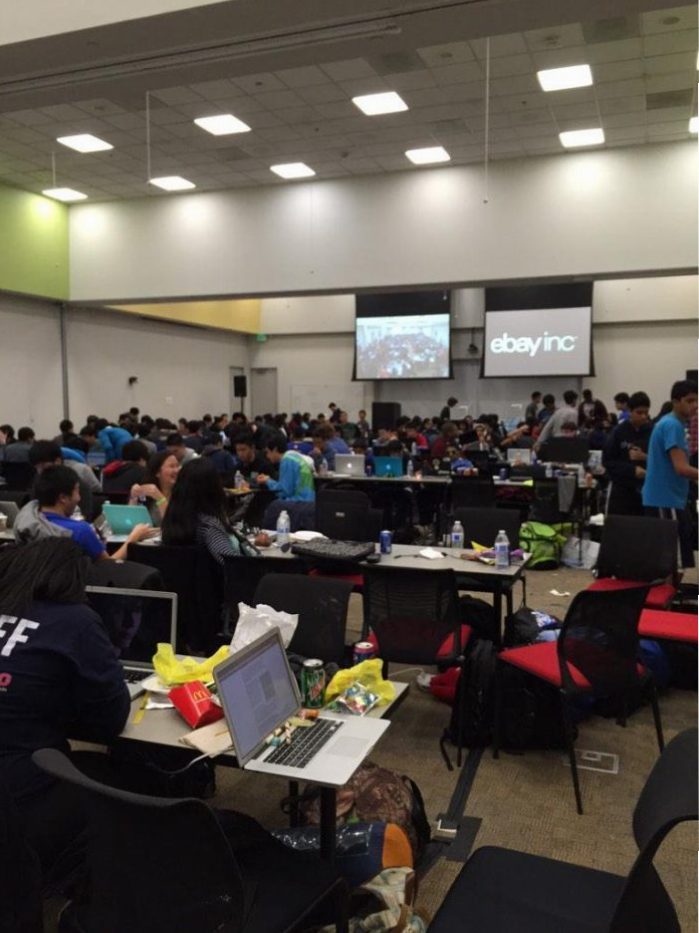
Dougherty’s girls have also become exposed to computer science through hackathons — events during which people around the world gather for a day of coding to learn, interact with fellow programmers and collaborate on intensive projects.
After attending several hackathons and noticing palpable male majorities, Gao co-founded the world’s first and largest high school hackathon, HSHacks.
“Hackathons are great for promoting interest in computer science and I thought that there should be one for high schoolers,” she said. “I founded HSHacks with the intention of focusing on girls and minorities. In the end, we had over 1,000 high schoolers come from over 100 high schools in the Bay Area. Our hackathons are often 35 percent female, while for other hackathons, it’s around five percent.”
Teachers have also played a large role in pushing girls to continue computer science. Educators not only teach female students computer science skills, but also provide them with motivation by showing that success in computer science is achievable. Dalziel, a female computer scientist herself, said she often tries to encourage her female students through various class activities.
“During class, I try to talk more about successful women in the industry,” she said. “This year there’s a teaching strategy that I’ve been working on with Mr. [Jonathan] Parks. We look up the names of computer scientists in the industry, often female, and give students cards with the names of different people. If students have the same computer scientist on their card as another student, they get grouped together to talk about the scientists and discuss their code. It teaches them about people in the industry and is a way for students to work together and get to know one another.”
Before she became a teacher, Dalziel was a computer programmer for a software company. But later on, she decided to step away from her previous job so she could make a difference in the lives of youth and students.
“I was a teacher for 10 years, teaching physics, chemistry and biology,” she said. “Before that I worked as a Java programmer in the industry. I had taught college in SF State before I was a programmer and realized I loved teaching and that it was my true passion. I left my programming job because I felt like there was something missing in my life and I wanted to make a bigger impact by succeeding in my goal to encourage girls in our school to pursue this field.”
What perpetuates the lack of diversity in computer science?
Although many factors may have led to the increase in interest, it’s difficult to pinpoint exactly what hindered and continues to hinder more women from pursuing computer science. Besides a simple lack of exposure, there are other elements that have kept more girls from aspiring to be computer scientists and working toward it as a career choice.
One possible reason women have struggled to enter computer science is the stereotype that it is unappealing since mainly men pursue it. “Male-dominated” and “uninteresting” have in recent years become synonymous. So as men continued to dominate, the misconception acted as a positive feedback loop. The male population in the computer science field continued to increase, while continuing to deter potentially interested women. In the end, it may not necessarily be women’s lack of interest, but more so a lack of willingness to pursue the interest.
“I think in the past, girls just haven’t been encouraged as much as they are now to pursue fields involving math and science,” Dalziel said.
Many women also feel intimidated or out of place when trying to pursue the career. Common feelings of inadequacy and discouragement from peers due to preconceived prejudice can negatively influence girls who are in the process of trying to get a feel for their potential interest.
“Some guys will automatically assume I don’t know how to code or that I’m a bad programmer because of my gender, and that’s just wrong,” Gao said.
Festejo agrees with this sentiment and states that she often feels that “in the technological field there aren’t a lot of women and a lot of people are discouraged by that.”
What progress is being made and what can we keep doing?
More organizations, teachers and hackathons are taking strides to show girls the appeal of coding to let them know that computer science is a useful skill and a legitimate and viable career choice for their futures.
“The greatest thing about computer science is that you can combine it with your other passions. For example, I’m a very strong feminist, so one of the causes I’m passionate about is birth control education. I used my computer science skills to build a website that determines the best form of birth control for you in order to make information about the different types more accessible. Allowing computer science to further one of your other passions is one of the coolest ways to learn more about both computer science and your other passion,” exclaimed Gao.
Computer science is slowly becoming a mixed field of men and women working alongside each other as colleagues. In the past women were an untapped talent pool, unable to exercise their unrealized skills in this field. But after an uphill battle to make a mark in a “man’s world,” women are being pushed to stake their claim, allowing them to call themselves Girls Who Code with pride.
Gao, Festejo, and Dalziel affirm: Never give up, believe in yourself, and follow your passion.
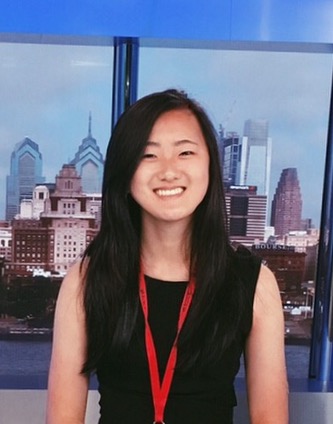
Amanda joined the Tribune in her sophomore year as an aspiring journalist and avid storyteller. In her sophomore year, Amanda was a Student Life Editor and was promoted to Managing Editor with Armaan Rashid...


